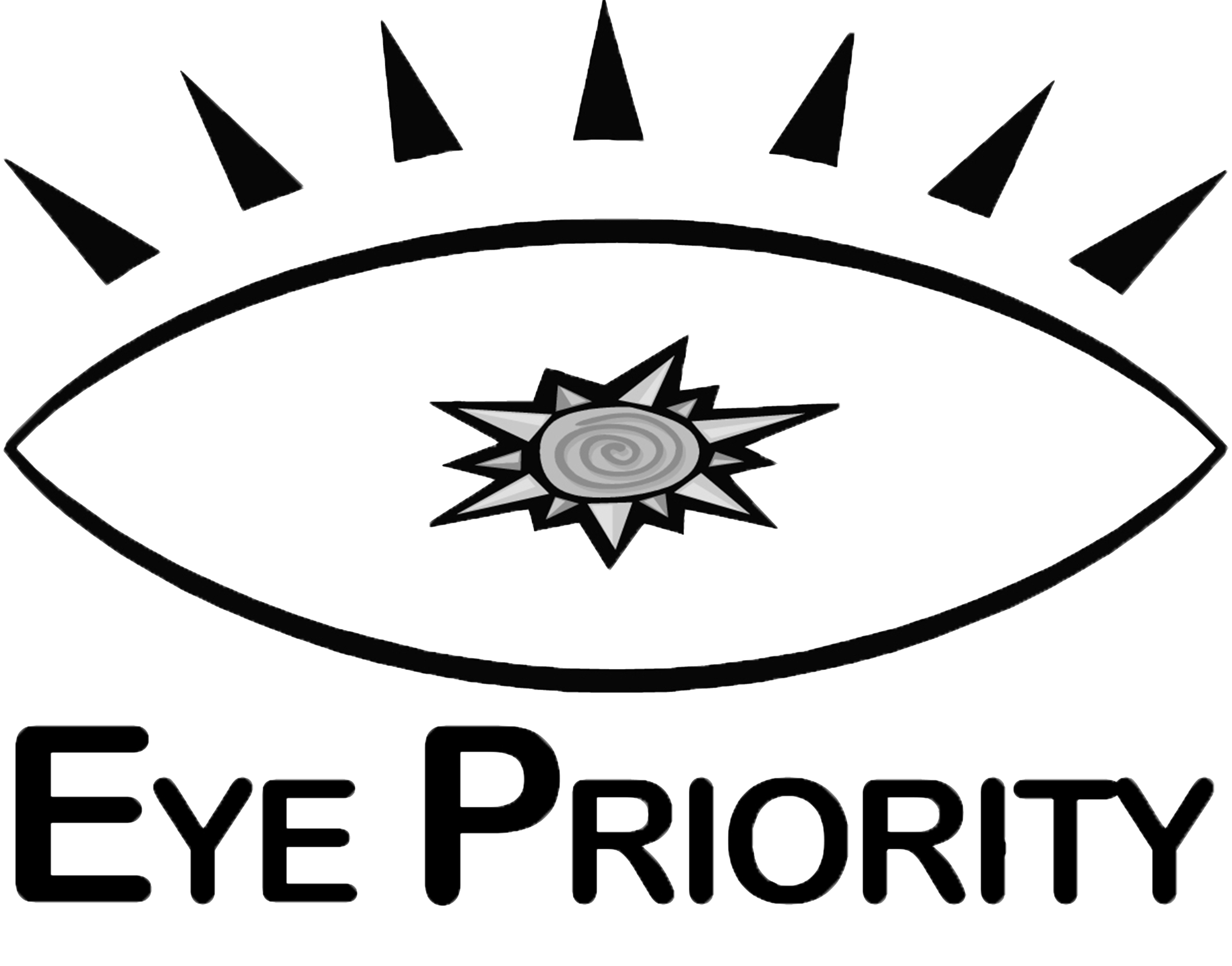Finding contact lenses that fit and wearing contact lenses in general can be made more challenging when these conditions affect your eyes:
Astigmatism: Astigmatism develops when the front of the eye curves into a bulge or oval shape. It causes blurred vision and can be difficult to correct because regular contacts cannot account for the bulging.
Dry Eyes: When eyes become excessively dry, it leads to irritation, burning, redness and blurred vision. Contact lenses can exacerbate these conditions by making it feel like a foreign object is stuck in your eye.
GPC: This form of conjunctivitis is caused by inflammation on the inner surface of the eyelid. Protein buildup on contact lenses can make this condition worse.
Keratoconus: This is an uncommon condition that causes major discomfort when wearing contacts. Keratoconus happens when the cornea becomes thinner and allows the eye to bulge forward. The bulge forms into a cone shape.
Presbyopia: Eyes tend to have a tougher time focusing on close objects as they age. This condition is known as presbyopia. It typically affects people aged 40 or older.
Solutions for Hard to Fit Contacts
Wearing contacts is not impossible if you suffer from one of the above conditions. You do need to meet with an eye care professional, however, and get prescribed contact lenses that are tailored to deal with your specific vision condition.
Gas permeable lenses are a good solution for patients who suffer from GPC or Keratoconus. A GP lens will limit protein deposits from accumulating which will reduce GPC symptoms. It is also effective in containing corneal bulging and relieving pressure on the tissue for a Keratoconus sufferer.
Toric lenses are useful for correcting astigmatism. Since the lens needs to align with the bulge it is correcting, toric lenses must not rotate in order to fit on the eye. They are typically custom made to correct a specific astigmatism. For that reason, this type of lens takes longer to make and costs more than a traditional contact lens.
Bifocal and multifocal lenses can help remedy presbyopia. Monovision lenses are another option for presbyopia. This type of lenses can have one fitted for distance vision and the other for seeing close objects.
Medicated eye drops can be an effective solution for dealing with dry eyes. They will lubricate eyes enough to make contact lenses more bearable, although a punctual occlusion also must be done to plug the ducts in some extreme cases. GPC symptoms can also be lessened through medicated eye drops. They flush out protein deposits and reduce inflammation.
Scleral Contact Lenses are large-diameter gas permeable contact lenses specially designed to vault over the entire corneal surface and rest on the "white" of the eye (sclera). In doing so, scleral lenses functionally replace the irregular cornea with a perfectly smooth optical surface to correct vision problems caused by Keratoconus and other corneal irregularities. Also, the space between the cornea and the back surface of a scleral lens acts as a fluid reservoir to provide comfort for people with severe dry eyes who otherwise could not tolerate contact lens wear. In addition to Keratoconus, scleral contact lenses can be used for eyes that have undergone a cornea transplant, and for people with severe dry eyes caused by conditions such as Sjogren's Syndrome, graft-versus-host disease (GVHD) and Stevens-Johnson syndrome.

